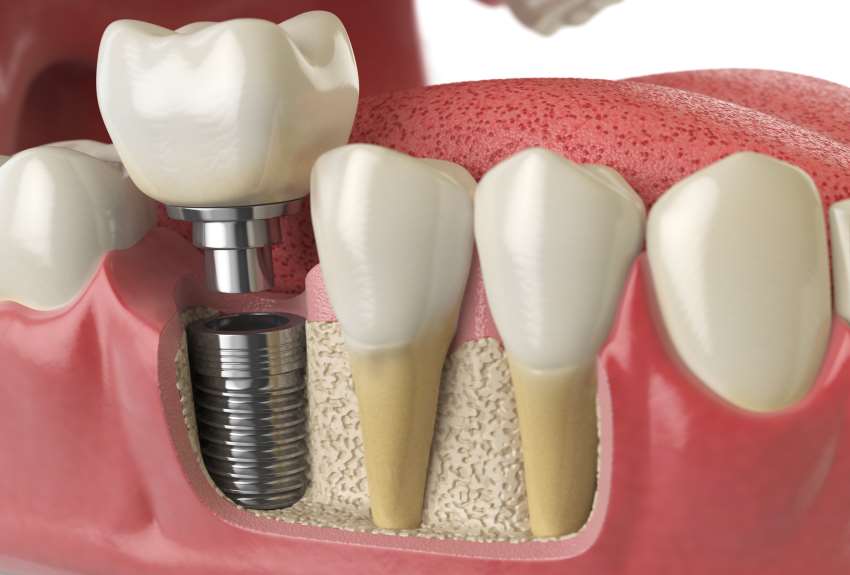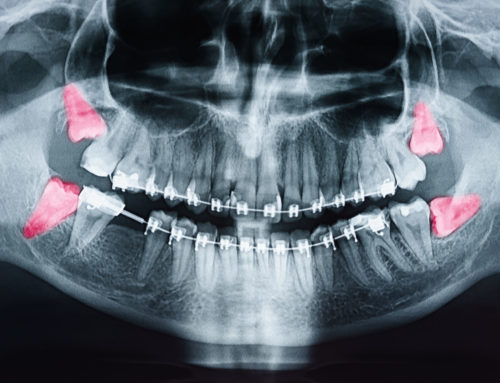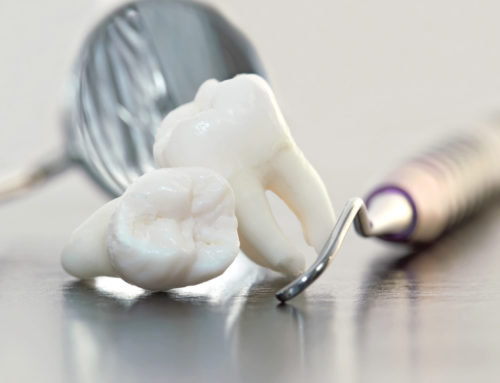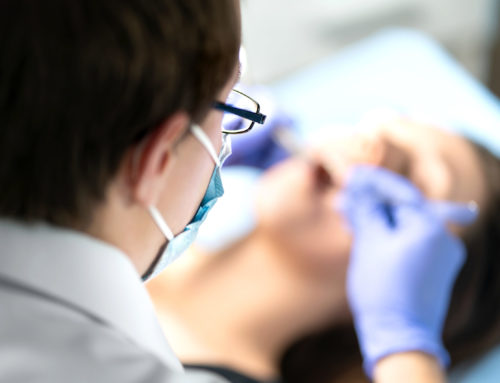During an average daily conversation, most people won’t talk about dental bone grafts. However, there are those times that will require discussion and understanding. For example, when tooth loss is unavoidable, you’ll start looking for ways to replace missing teeth.
In the past, the only real solution was some type of bridge. While dental bridges serve their purpose, newer strategies provide better outcomes and advanced solutions. Dental implants offer a better and more permanent solution when and if you lose your original teeth. Yet, oral maxillofacial surgeons may consider bone grafts if they determine possible complications during a replacement procedure.
1. Know When Dental Bone Grafts are Needed
In order for a dental implant to properly bond, your jaw must have sufficient bone mass. In rare instances, if you’ve suffered some type of bone loss over time, your surgeon will use a graft to supplement the bone mass.
Experienced oral surgeons know and understand that if an implant is inserted where the insufficient bone is present, the implant is likely to fail. This type of failure is costly and could make you more prone to infections and other potential issues. Rather than taking those risks, highly-trained dental practitioners routinely recommend bone grafts to supplement the existing bone and provide a solid base for your implant.
2. Know How to Obtain the Best Outcomes
If you’re considering dental implants as a solution for replacing teeth, it’s best to discuss your needs with an oral maxillofacial surgeon before moving forward. These medical and dental surgeons are specialists who’ve dedicated extensive time to perfecting their skills. The oral surgeons of Houston’s OMSH offer patients a level of pristine dental care that’s hard to find elsewhere.
3. Know to Start with a Thorough Exam
Before making any recommendations, an oral maxillofacial surgeon will provide a thorough examination to determine how to best proceed. If there are any indications that you’ll need a dental graft, the surgeon will explain the issues and describe the recommended procedures. Remember, the end objective is to provide you with implants that will be problem-free for years to come.
4. Know that Not All Bone Grafts are the Same
In most cases, a bone graft for a dental implant is relatively simple. Normally, surgeons will use animal bone for the graft. Technicians will process the bone in a way that makes it safe and efficient for human patients. In rare cases, a surgeon may require a larger graft, and that bone will have to be harvested from your own body. However, this is rare. In all instances, your surgeon will discuss the pros and cons of treatment options, and you’ll understand which choices will best meet your needs.
5. Know How to Take Time to Properly Heal
When bone grafts of any type are needed, there is a healing process required before the remainder of your implant procedure can take place. While not always convenient, you should listen carefully to your maxillofacial surgeon’s advice and follow all recovery guidelines. Doing so makes it far more likely that the implant process will be successful.
6. Know When to Start with OMSH
If you’re a patient living in the Greater Houston area, the first step is to make an appointment with an experienced oral surgeon. The oral maxillofacial surgeons of OMSH help you explore your options to determine what best meets your dental needs.
Once you understand the process, you can begin looking forward to enjoying the convenience of permanent implants and having a confident life-long smile. Call us at tel:832-509-4505 for an appointment or for more information.






